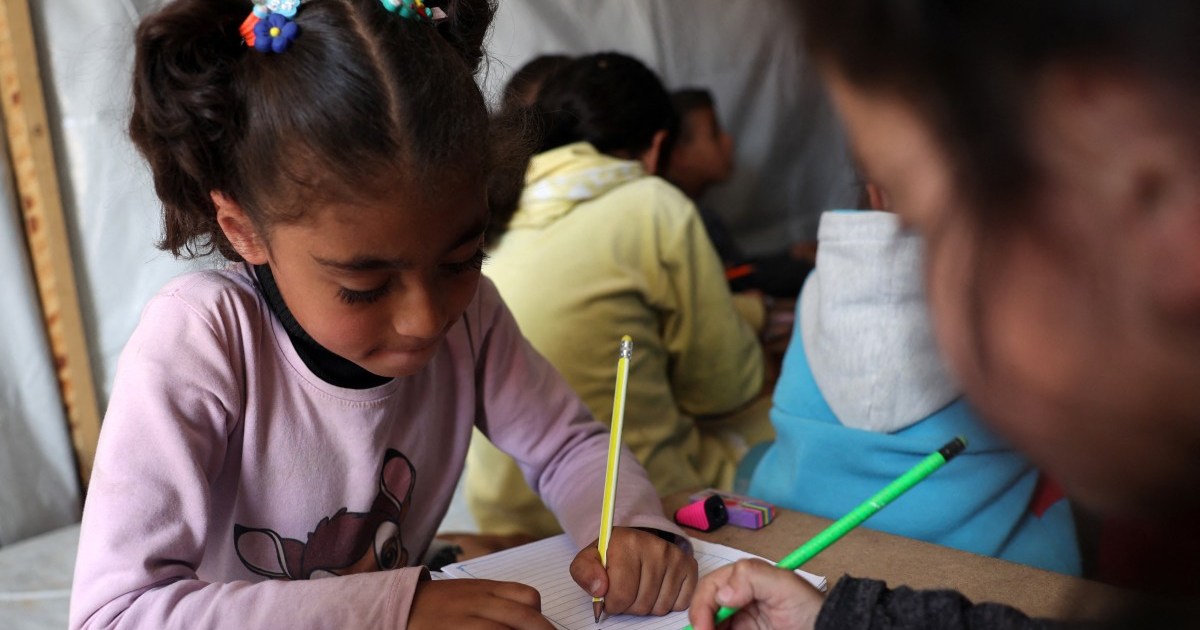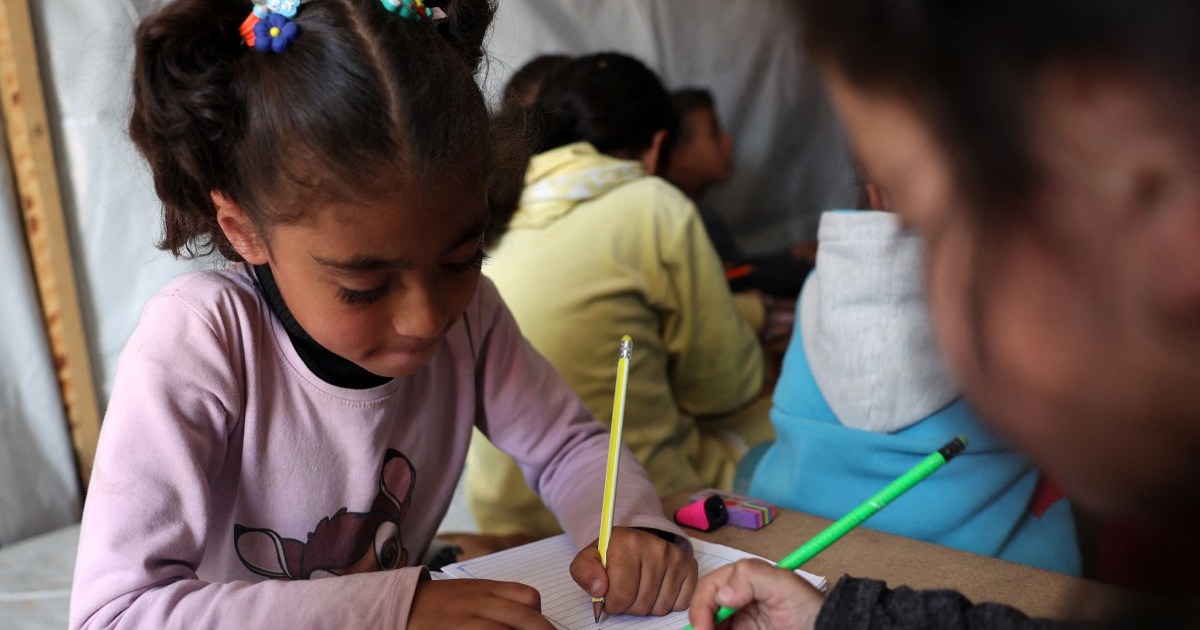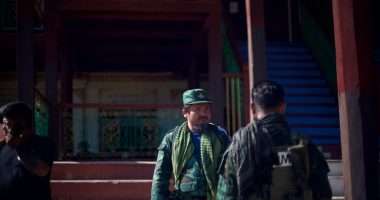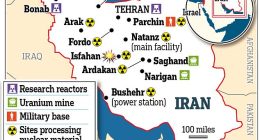
Eight out of 10 schools in the Gaza Strip are damaged or destroyed, the United Nations children’s agency (UNICEF) says, but it is the psychological damage of Israel’s war on the territory’s nearly 1.2 million children that has experts worried.
“To be able to learn, you need to be in a safe space. Most kids in Gaza at the moment have brains that are functioning under trauma,” said child psychiatrist Audrey McMahon of international medical charity Doctors Without Borders (Medecins Sans Frontieres, or MSF).
Younger children could develop lifelong cognitive disabilities from malnutrition, while teenagers are likely to feel anger at the injustice they have suffered, she said.
“The challenges they will have to face are immense and will take a long time to heal.”
David Skinner of Save the Children, a United Kingdom-based charity, said rebuilding the “schools is massively complicated … but it’s straightforward compared to the education loss”.
“What’s often lost about the coverage of Gaza is that this is a catastrophe for children,” he added. “These are children who have been bereaved, who have lost people, who are sick and malnourished.”
Small children whose brains are still developing are particularly at risk from mental health and cognitive damage, according to Skinner.
UNICEF estimates that 620,000 children in Gaza are out of school. Skinner said getting them back into class and rebuilding their schools were only the first steps.
When the current conflict broke out in October, schools immediately stopped classes and the majority were turned into shelters for families fleeing the Israeli military’s bombardment.
Nearly half of Gaza’s population is under 18, and its education system was already struggling after five wars in 20 years.
So far, in this war, at least 53 of Gaza’s 563 school buildings have been destroyed, according to the UN agency.
More than 67 percent of schools took direct hits, according to a report by aid agencies, including UNICEF, based on satellite imagery and on-the-ground reporting.
“This is an unprecedented situation,” said Juliette Touma of the UN Relief and Works Agency for Palestinian Refugees in the Near East (UNRWA), which helps educate 300,000 children in Gaza.
“Colleagues who have been here the longest remember maybe one school being hit” in previous conflicts, she said.
Makeshift schools have been set up in tents in the southern city of Rafah, where half of the territory’s population has sought shelter.
In one tent, Hiba Halaweh was teaching 30 children to learn to read their first words. “The children are happy to get back into it,” said the teacher, who lacks even textbooks and pens.
Gaza’s Ministry of Education has plans for 25,000 such temporary schools.
Read More: World News | Entertainment News | Celeb News
Aljazera








